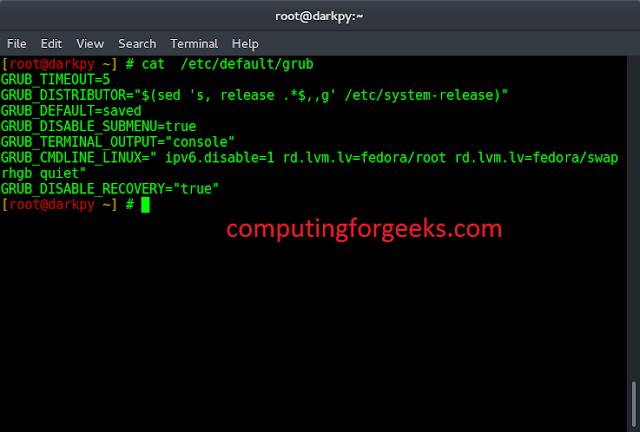In this article we will see how we can get the height of the QCalendarWidget. In order to get the height we use height property, this property holds the height of the widget excluding any window frame. By default, this property contains a value that depends on the user’s platform and screen geometry.
In order to do this we will use
heightmethod with the QCalendarWidget object.Syntax : calendar.height()
Argument : It takes no argument
Return : It return integer
Below is the implementation
Python3
# importing libraries from PyQt5.QtWidgets import * from PyQt5 import QtCore, QtGui from PyQt5.QtGui import * from PyQt5.QtCore import * import sys class Window(QMainWindow): def __init__(self): super().__init__() # setting title self.setWindowTitle("Python ") # setting geometry self.setGeometry(100, 100, 650, 400) # calling method self.UiComponents() # showing all the widgets self.show() # method for components def UiComponents(self): # creating a QCalendarWidget object self.calendar = QCalendarWidget(self) # setting geometry to the calendar self.calendar.setGeometry(50, 10, 400, 250) # setting cursor self.calendar.setCursor(Qt.PointingHandCursor) # format format = QTextCharFormat() format.setFont(QFont('Times', 12)) # setting header text format self.calendar.setHeaderTextFormat(format) # creating label to show the properties self.label = QLabel(self) # setting geometry to the label self.label.setGeometry(100, 280, 250, 60) # making label multi line self.label.setWordWrap(True) # getting height of the calendar value = self.calendar.height() # setting text to the label self.label.setText("Height : " + str(value)) # create pyqt5 app App = QApplication(sys.argv) # create the instance of our Window window = Window() # start the app sys.exit(App.exec()) |
Output :





